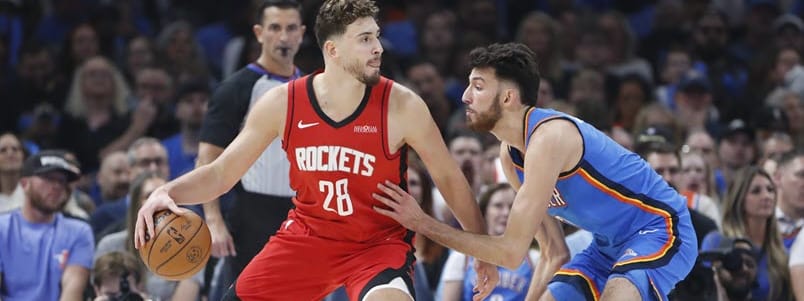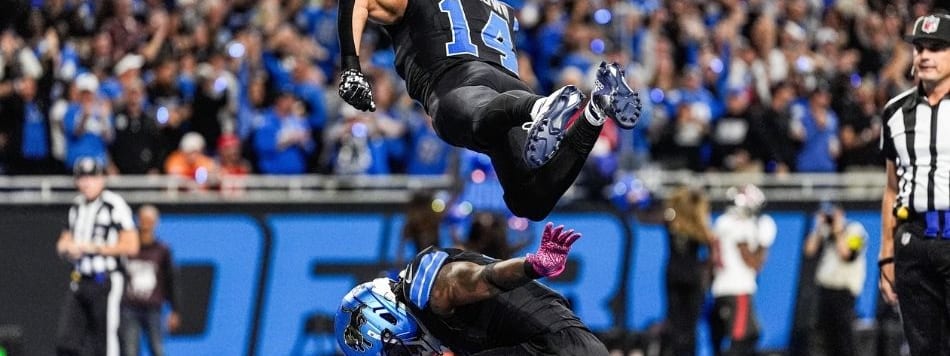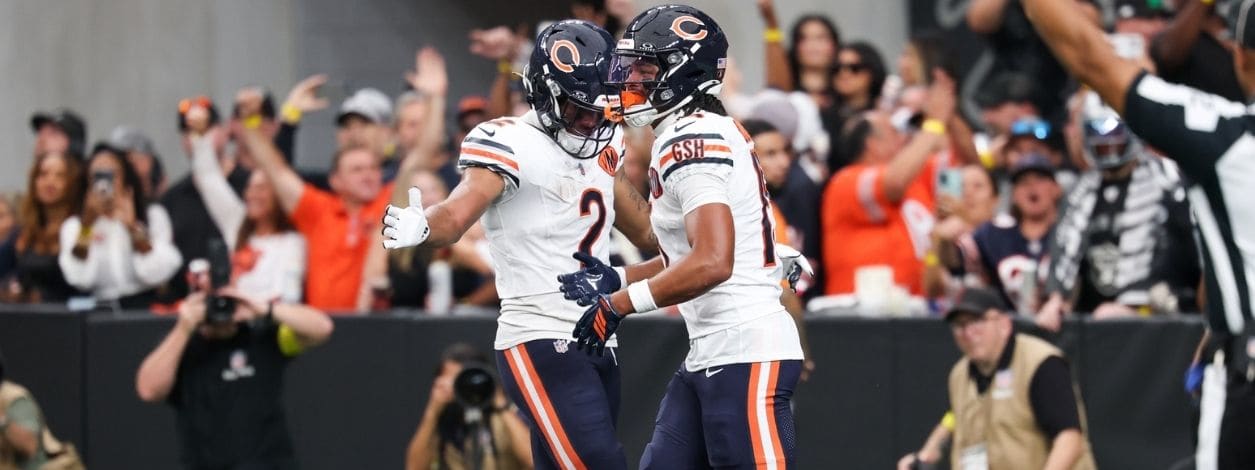
Find top fantasy D/ST streamers for Week 10, with matchup-based analysis, waiver targets and sneaky plays to help you with your fantasy football roster.

PSG vs Bayern Munich preview for Champions League Matchday 4, including lineups, injuries, odds, prediction and key stats from Paris ahead of Tuesday's match.

Champions League best bets for Tuesday, Nov. 4 include Olympiacos vs PSV, Liverpool vs Real Madrid, PSG vs Bayern Munich and Atletico Madrid vs Union SG.

Break down NFL box scores from Week 9 with key data on snaps, routes, personnel and usage trends to uncover fantasy football value and roster insights.

RotoWire's experts provide their free best NBA bets for Monday's games, including leans on Christian Braun, Sam Hauser and Alperen Sengun.

Build the best DraftKings DFS lineup with RotoWire's expert picks, injury pivots, and value plays for Monday’s monster NBA slate.

While sports betting isn't legal just yet in the Golden State, you can find the best legal California sportsbooks that you can bet with right now!

RotoWire has the best prop bets for the Cardinals vs Cowboys on Monday Night Football! Find out more about our Cardinals vs Cowboys player props for Week 9.

You can get up to $2,000 in FanCash over your first 10 days of using the Fanatics Sportsbook promo. Learn how to claim $2,000 for Arizona at Dallas!

Discover the top Week 10 fantasy football waiver-wire pickups. Find breakout candidates, injury replacements and more to boost your team.

The best Michigan sportsbook promos grant over $4,000 in welcome bonuses to new users. Learn more and claim the top MI sports betting promos today.

New users can claim more than $5,000 in Ohio sportsbook promos today! Learn how to claim and the pros and cons of each of these OH sports betting promos.

The best Illinois sports betting promos grant over $5,000 in welcome bonuses to new users. Learn more and claim your IL sports betting bonus today.

RotoWire's Jeff Edgerton analyzes Monday's NBA slate and provides his favorite DFS picks and strategy, including a potential Knicks stack featuring Karl-Anthony Towns.

Cowboys vs Cardinals is the Monday Night Football matchup this week, and Michael Rathburn breaks down the odds and best ways to bet this high-scoring matchup.

You can get a 3-mont subscription to NBA League Pass by signing up with our exclusive link. Learn about how to claim the NBA League Pass promo code today!

RotoWire's Adam King analyzes the Week 3 NBA schedule and provides start/sit suggestions for fantasy managers, including the Indiana Pacers' Isaiah Jackson.


